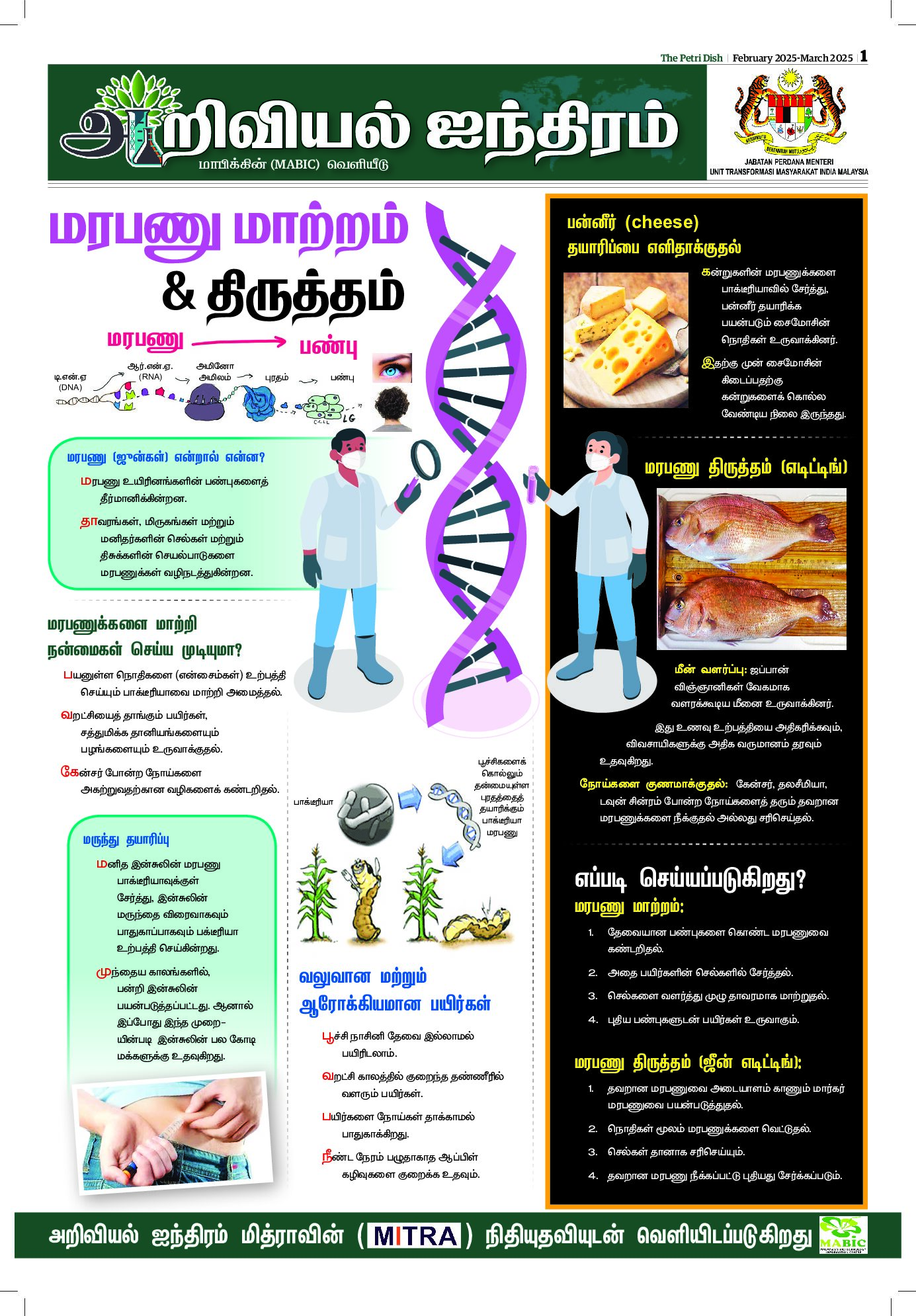An international team of researchers including members of the Max Planck Institute of Colloids and Interfaces has discovered a self-sealing mechanism in the seed pods of Banksia plants: special waxes in the junction zone between the two pod valves melt at elevated environmental temperatures and thereby seal small fissures.
The scientists showed how the plant protects the seeds: special waxes between the two valves of the seed pod that melt at elevated environmental temperatures ensure that these tiny openings are effectively sealed.
Further investigations revealed that the waxes melt between 45 and 55 degrees Celsius, while the seed pods didn’t open until temperatures of between 54 and 76 degrees Celsius were reached. This was a clear indication that the waxes were not triggering the opening of the valves.













